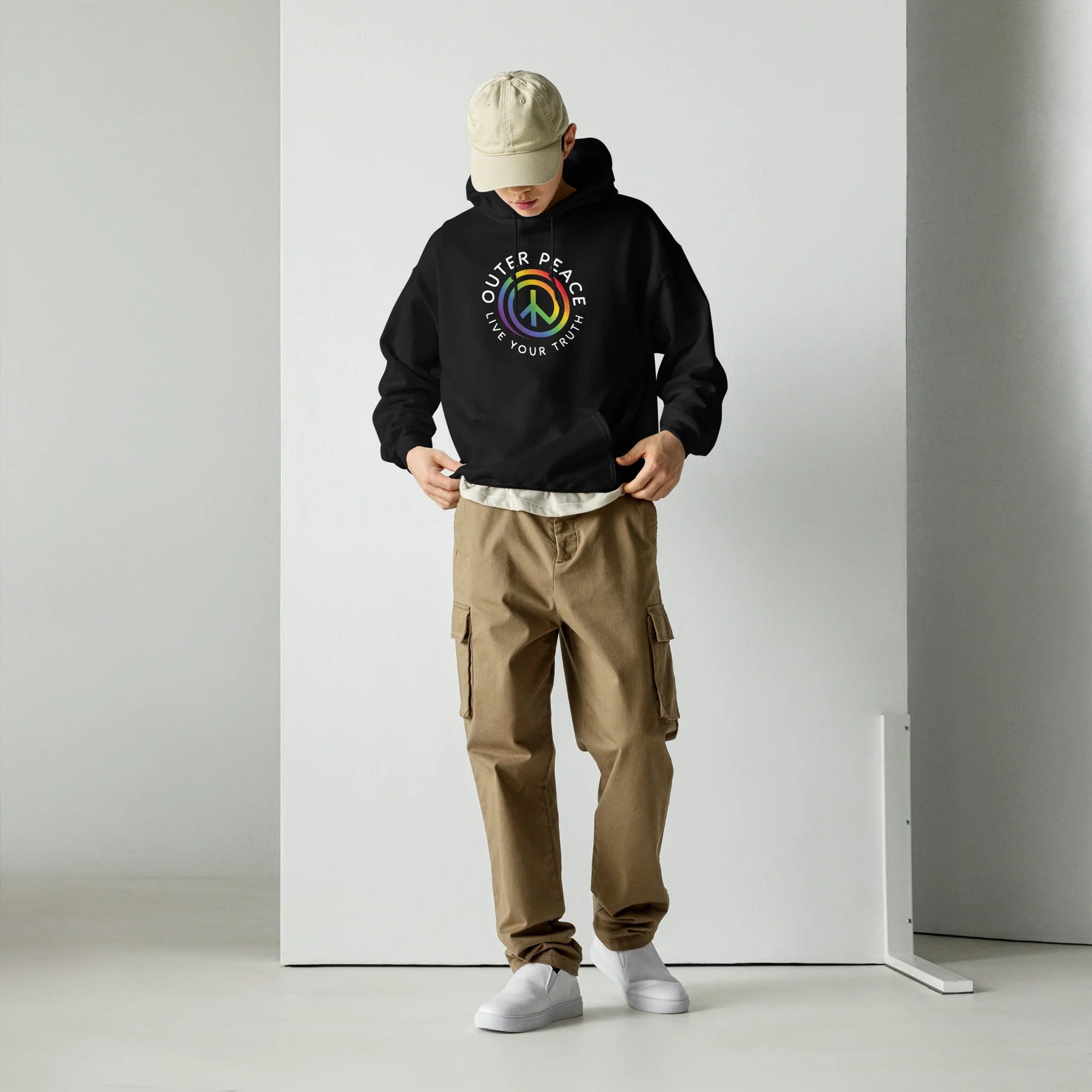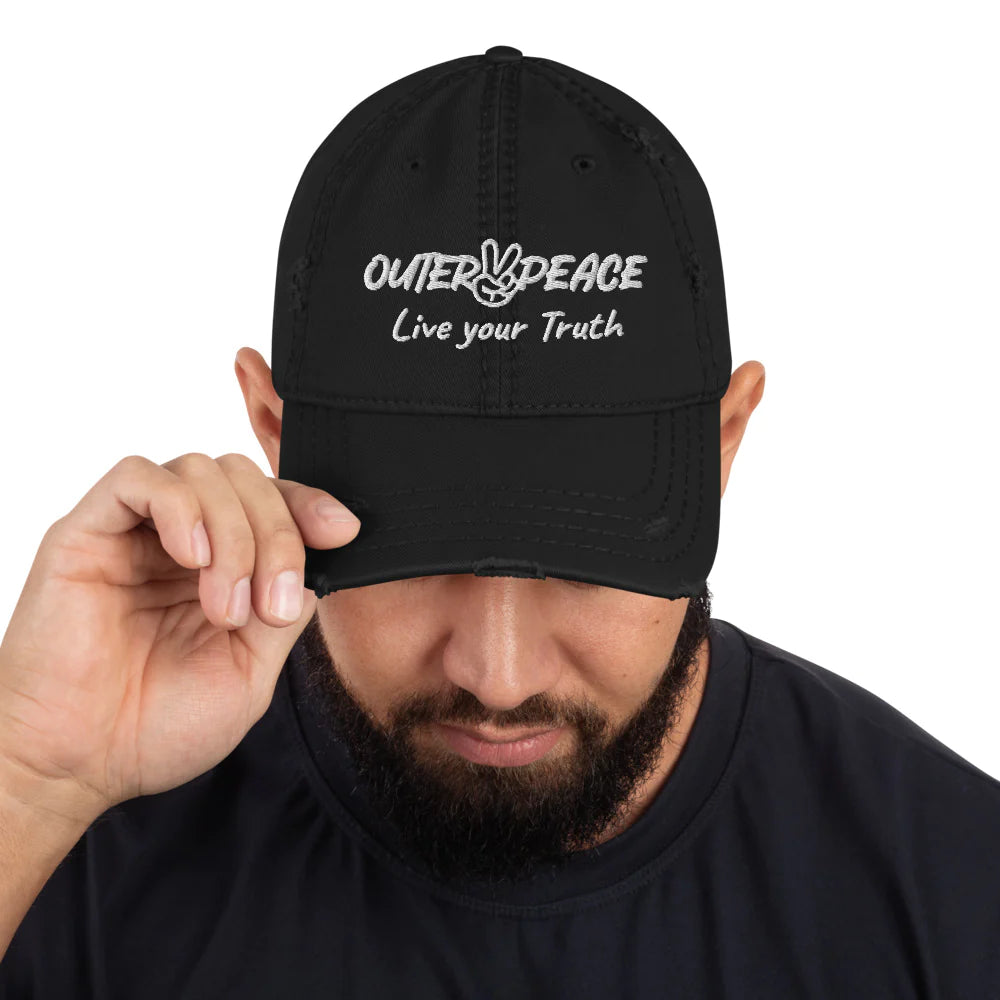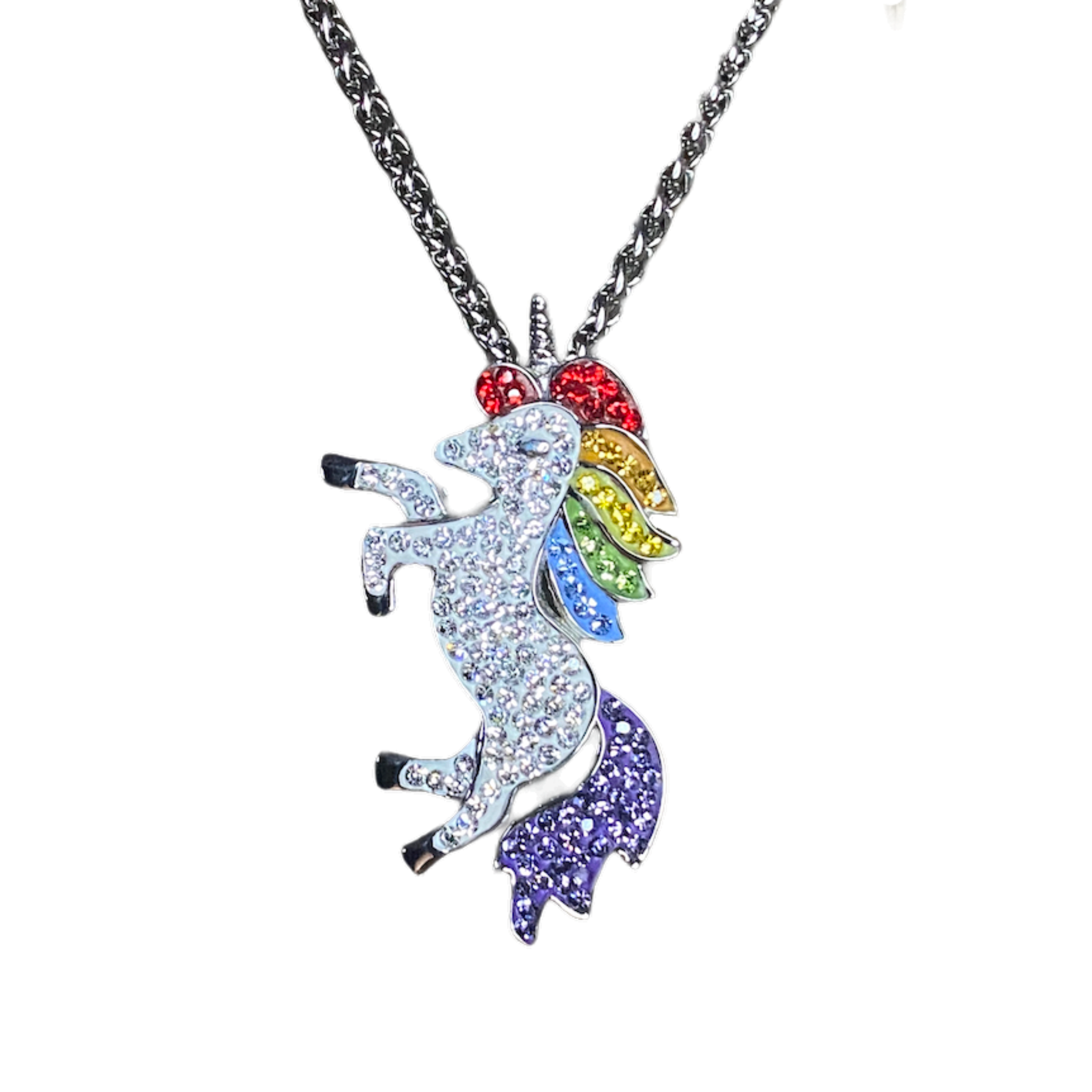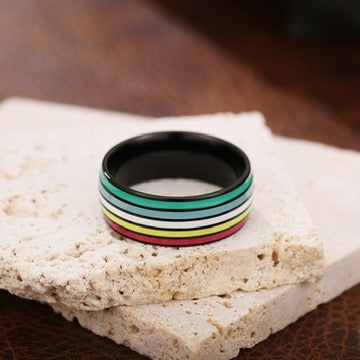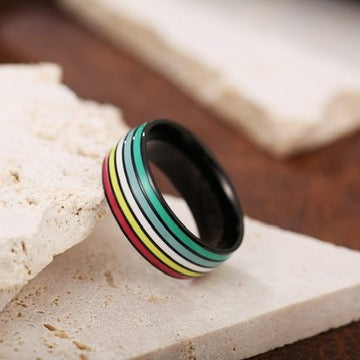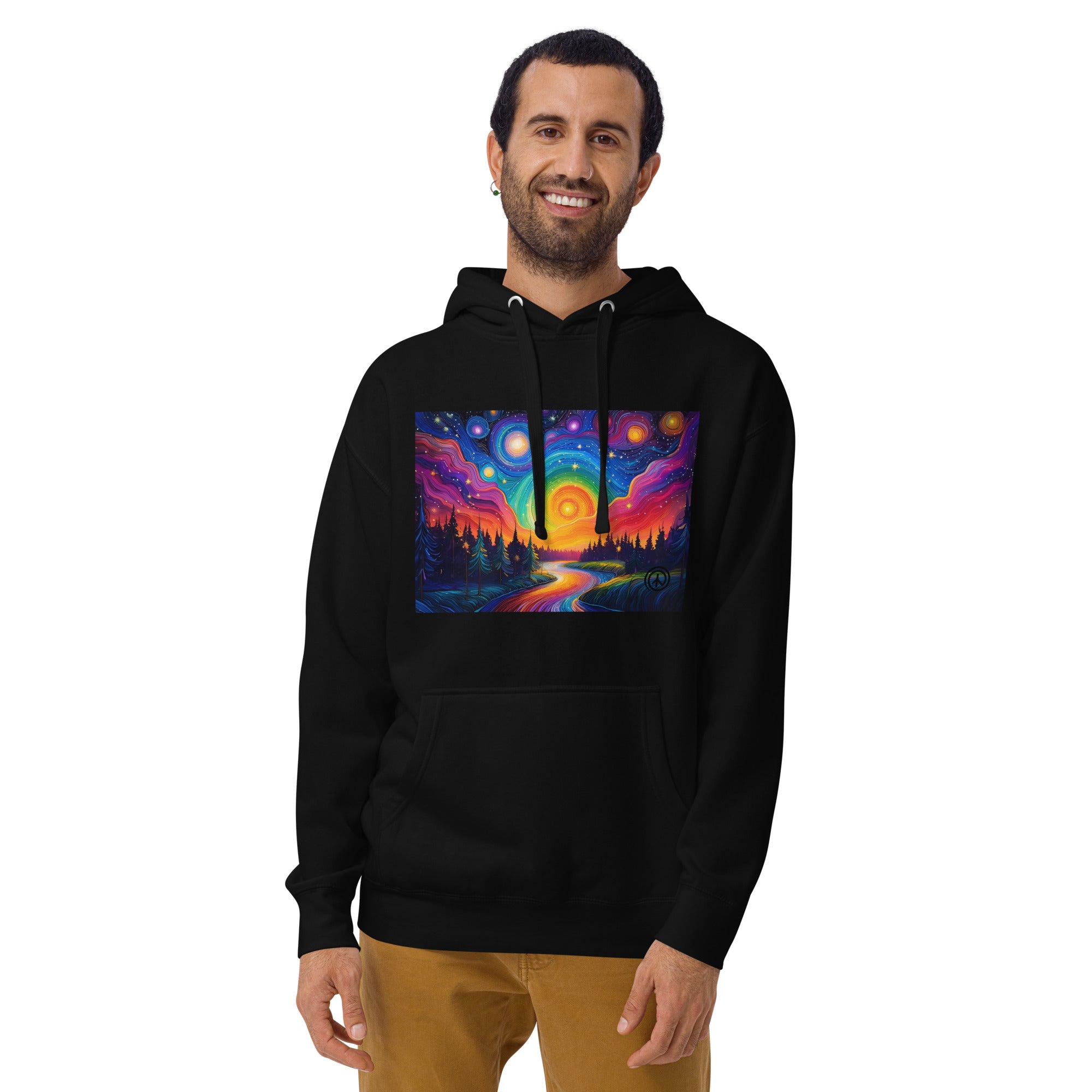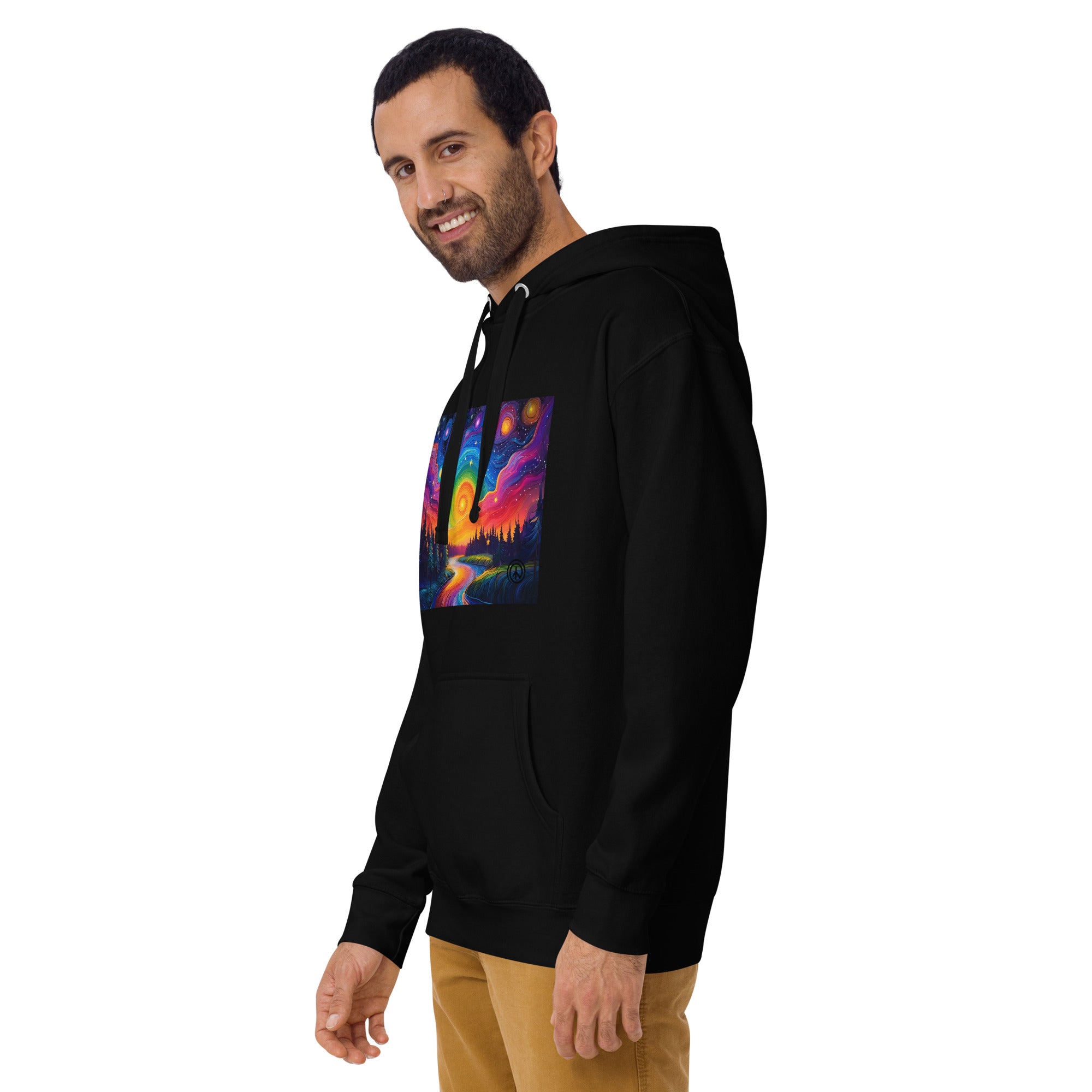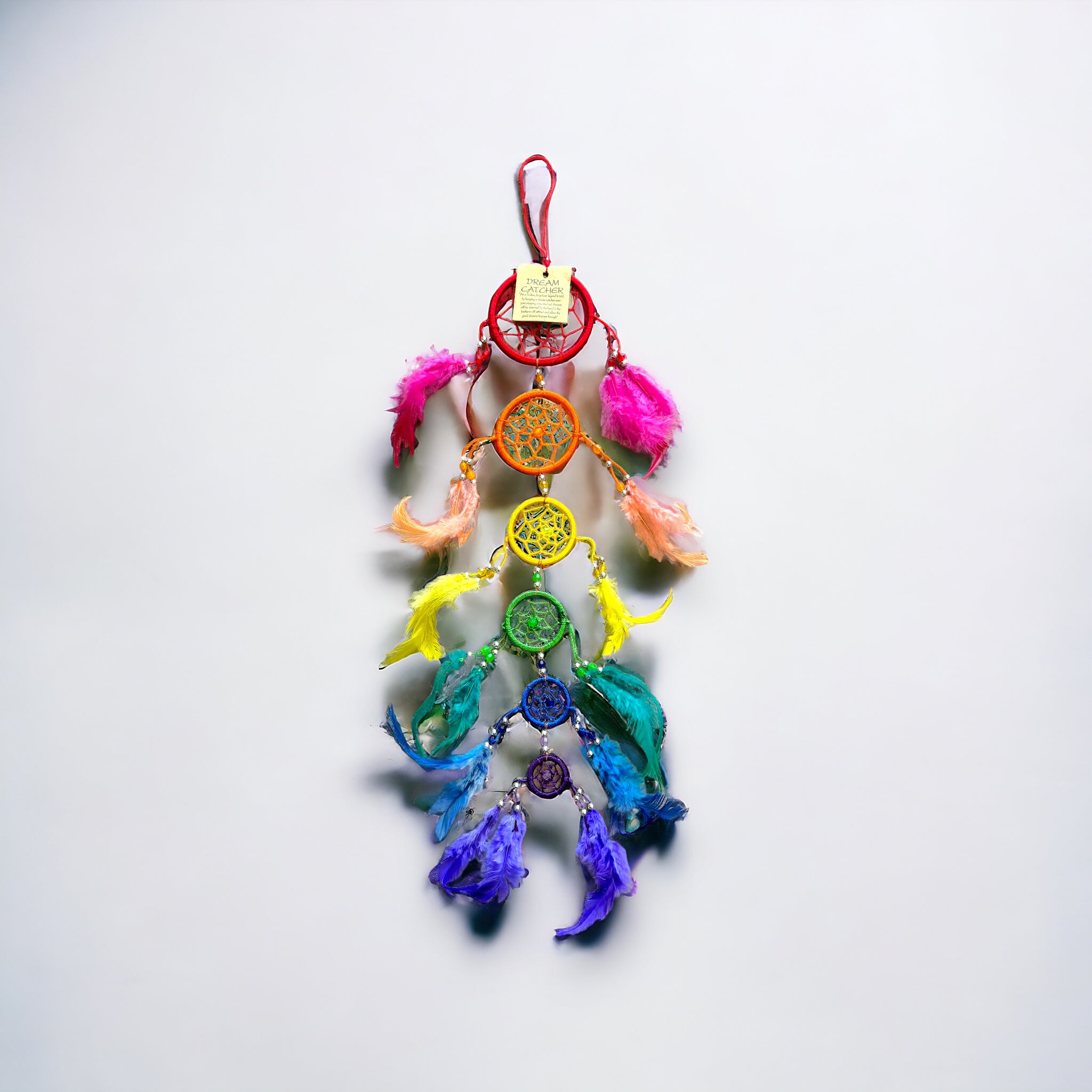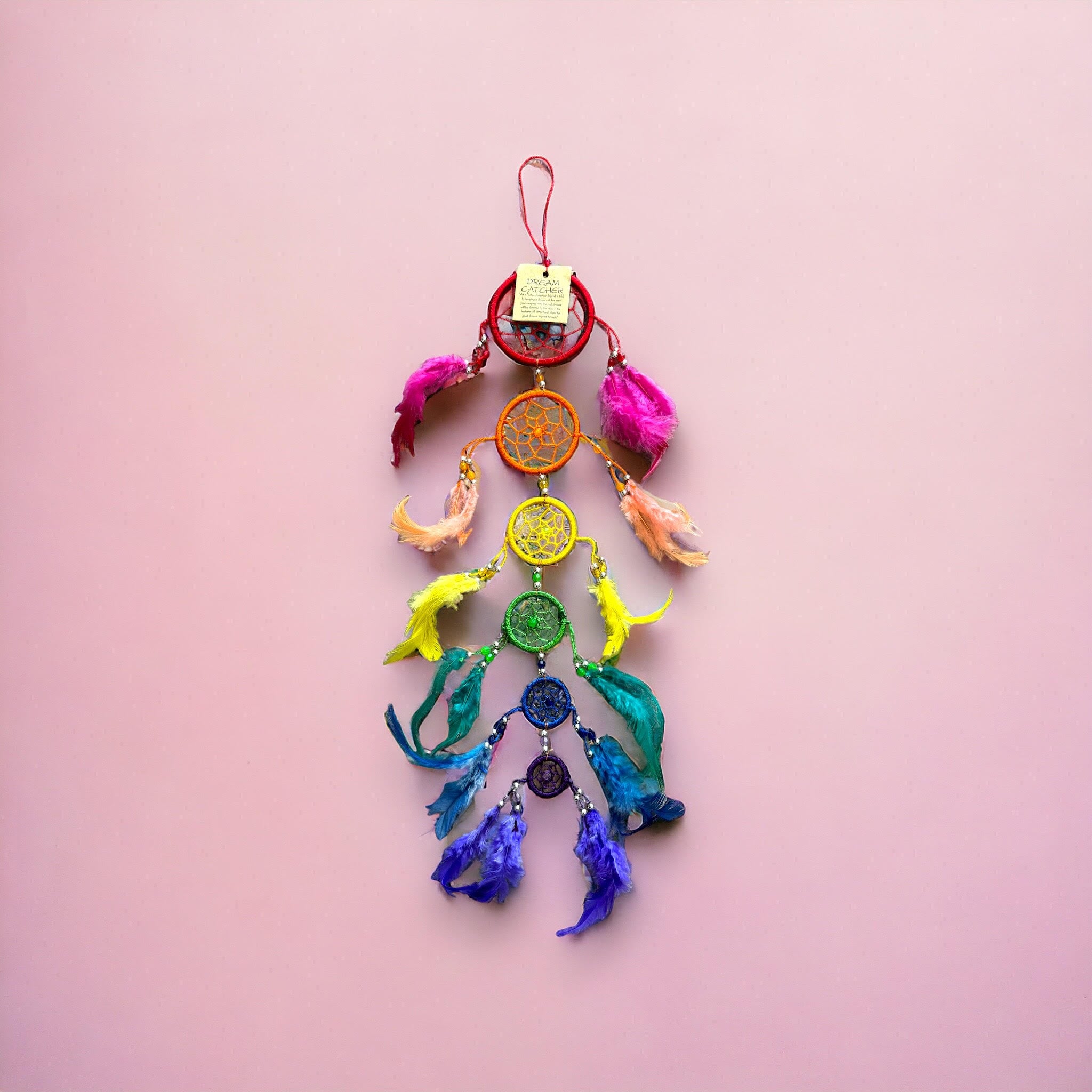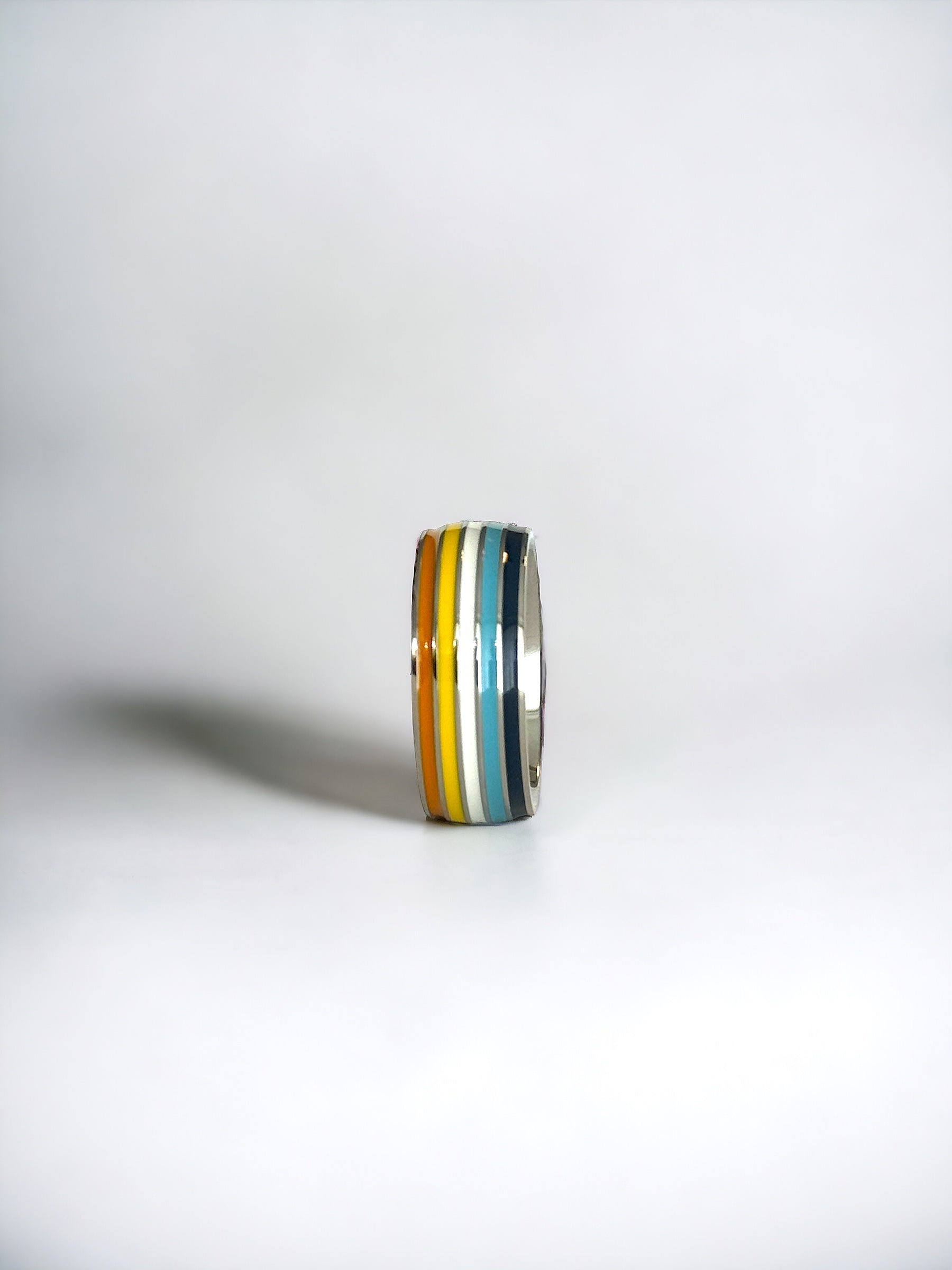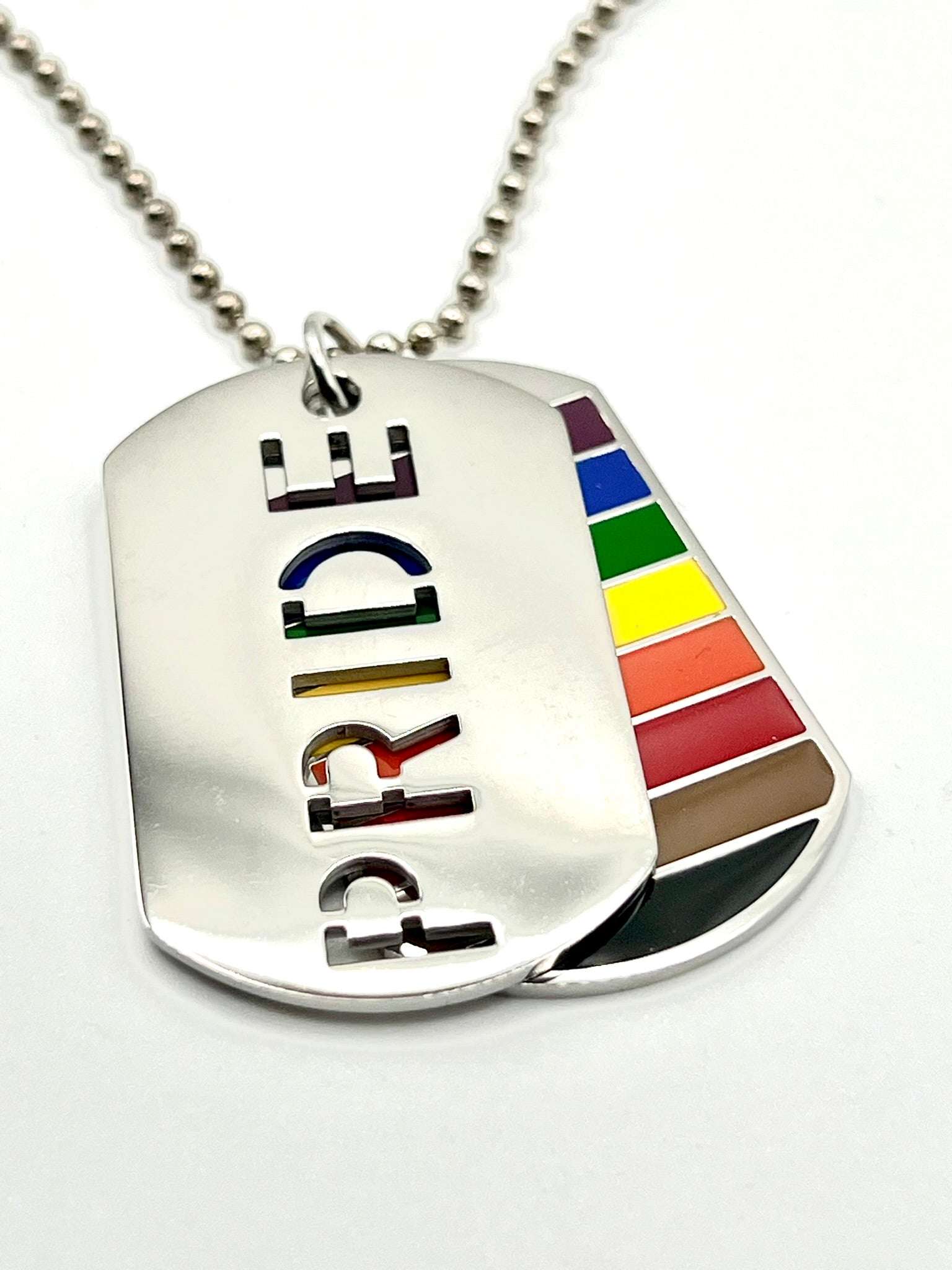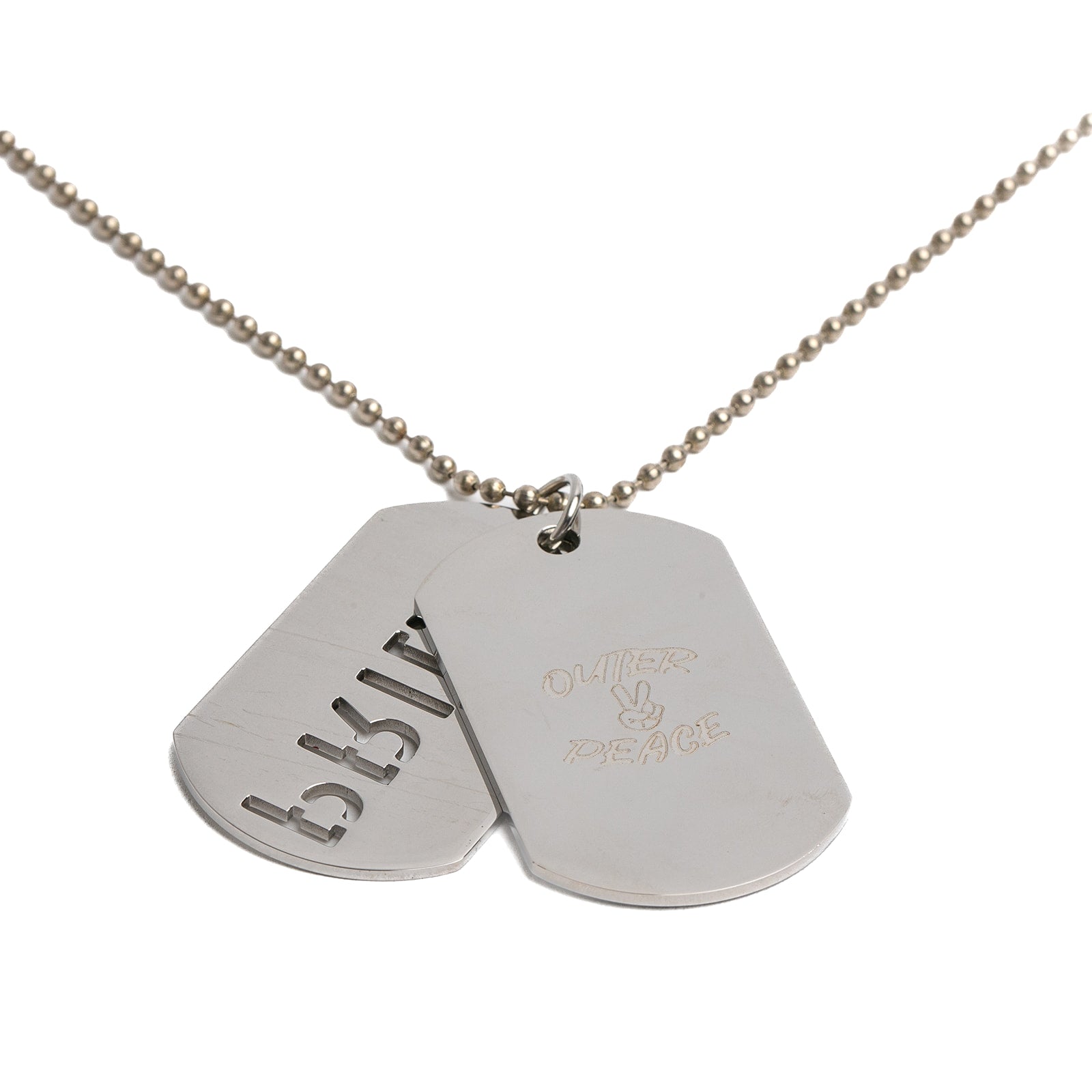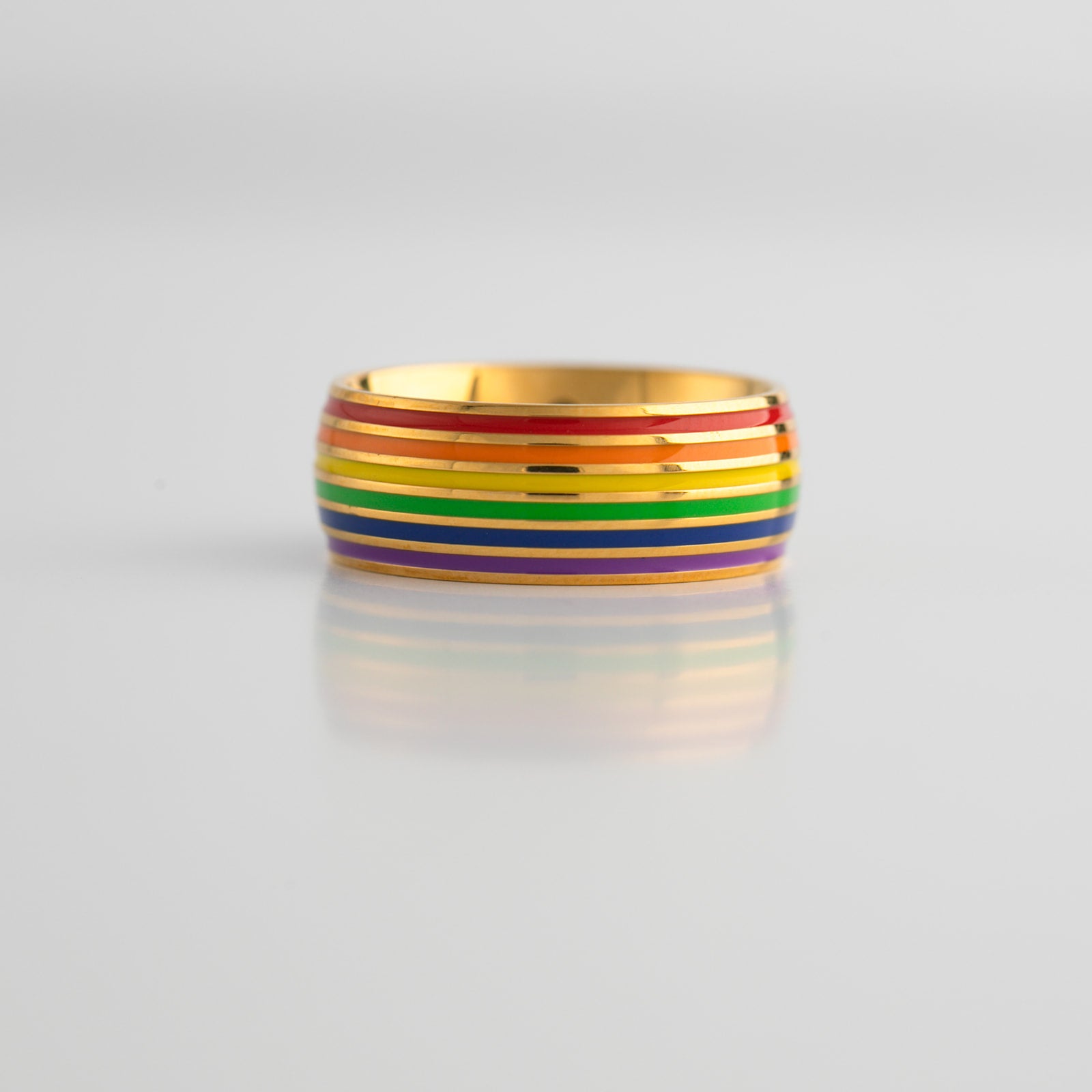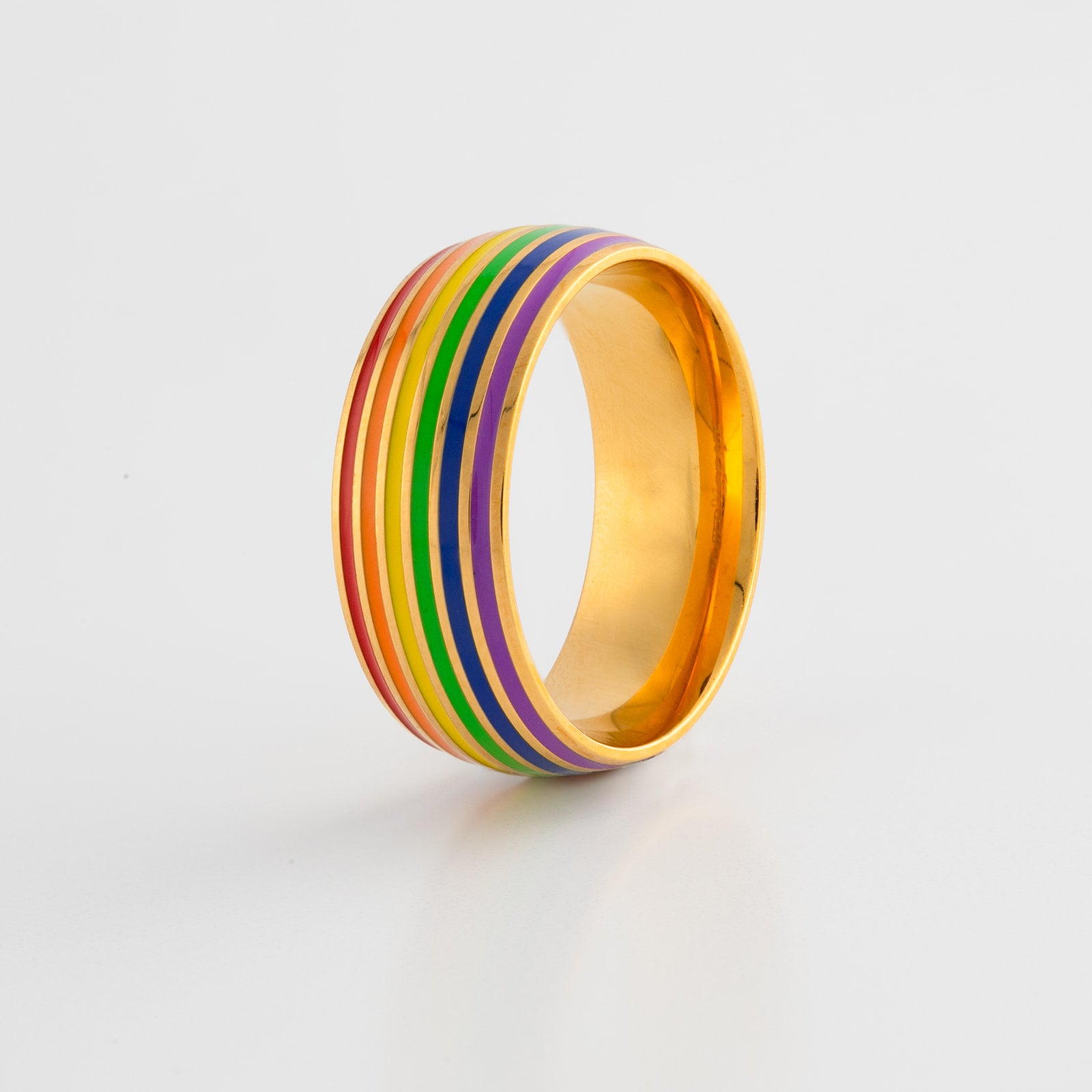
Introduction
I love the history of pride. I am deeply moved by the resilience and courage exhibited by our amazing community. Pride, to me, is more than a celebration. It's a potent symbol of resistance, liberation, and affirmation of identity. While it's a powerful expression of self-love and community solidarity in present times, the road to get here has been paved with struggles and hardships.
Delving into the history of the LGBTQ+ community, it's a tale of constant struggle against prejudice and the fight for equal rights. For years, LGBTQ+ individuals were silenced, marginalized, and systematically discriminated against. Pride began as a form of protest and resistance against these injustices, allowing the community to publicly declare their existence and demand their rights.
Pride is grounded in the history of Stonewall, a series of protests that marked a turning point in the LGBTQ+ rights movement. These historic events took place at the Stonewall Inn, a bar in New York City's Greenwich Village, which was a haven for the city's gay, lesbian, and transgender communities in 1969.
On the early morning hours of June 28, 1969, a police raid at the Stonewall Inn ignited a fire within the community. This marked the beginning of the Stonewall riots or the Stonewall uprising as it is sometimes called, a series of demonstrations that would forever change the trajectory of LGBTQ+ rights.
Pride is also a tribute to the brave individuals who fought for the rights we enjoy today. It was their courage, their activism, that made the history of Pride what it is today. As we commemorate Pride Month, let's remember and honor their contributions, while continuing to fight for equality and justice for all. It's not just about a parade; it's about recognizing our shared humanity and the right of every person to love who they choose.
The Stonewall Riots
The Stonewall riots mark a significant milestone in the history of LGBTQ+ rights. It was a six-day protest against police brutality and discrimination towards the gay, lesbian, and particularly, the transgender communities. This series of events began in the early hours of June 28, 1969, when police raided the Stonewall Inn, sparking a fervor of resistance that would resonate for years to come.
Located on Christopher Street in Greenwich Village, the Stonewall Inn was more than just a bar - it was a safe space for many individuals who were otherwise marginalized and rejected by society. The raid on the establishment wasn't unusual; what was unusual was the reaction. The patrons and onlookers, tired of the constant harassment and discrimination, decided to fight back.
In the midst of the unrest, transgender activists such as Sylvia Rivera and Marsha P. Johnson, two figures essential to the queer liberation movement, took a stand. Their resilience, along with the courage displayed by others at the scene, ignited what would become the Stonewall uprising. The event was a significant turning point, inspiring a wave of activism and propelling the gay rights movement forward.
Over the course of six days, the protests grew in intensity and scale. The Christopher Street area was filled with demonstrators, standing up against years of repression and mistreatment. The Stonewall riots went on to inspire many around the world, giving birth to a stronger, more organized fight for LGBTQ+ rights. It was this that set the stage for the first Pride march and marked a decisive shift in the struggle for equality.
These riots were the catalyst for the growth of a more radical and broad LGBTQ rights movement. Their importance can't be overstated. Without the Stonewall riots, the Pride movement as we know it may not exist. In recognition of this significance, the Stonewall Inn and the surrounding area were declared a national monument by Barack Obama in 2016. It remains a powerful reminder of our shared history of Pride and the courage of those who dared to stand up and be counted.
The First Pride Parade: The Origins of Pride Month
The first Pride parade, known then as the Christopher Street Liberation Day March, took place on June 28, 1970. This was the first Stonewall anniversary, a time still fresh with the echoes of protest and calls for liberation. This first march was a powerful demonstration that honored the brave actions of those involved in the Stonewall riots and a testament to the strength of a community no longer willing to hide.
The decision to commemorate the anniversary of the Stonewall uprising with a march was groundbreaking. It was the first time in history that LGBTQ+ individuals and allies took to the streets in a planned, peaceful protest, demanding rights and recognition. Marching through the streets of New York, from Greenwich Village to Central Park, they demanded an end to the persecution of LGBTQ+ individuals.
As they marched, they chanted "Say it clear, say it loud. Gay is good, gay is proud." This was more than just a parade; it was a watershed moment in the fight for equality. It was a turning point for the gay and lesbian communities, and marked the beginning of an era where LGBTQ+ individuals began to publicly advocate for their rights.
Over the years, Pride has grown in significance and scale. What started as a local march in New York City has spread across the globe, with Pride events happening in cities worldwide. Today, Pride parades are grand displays filled with joy, but they also serve as a reminder of the struggles and sacrifices made by the community.
The Pride parade is a tribute to the strength and resilience of the LGBTQ+ community. It's a show of love, acceptance, and the unyielding spirit of those who have fought and continue to fight for equal rights. As we march each year, we honor the Stonewall uprising, carrying on the legacy of those early activists and continuing their fight for equality.
Pride Symbols
Over the years, various symbols have become iconic representations of Pride and the fight for LGBTQ+ equality. Perhaps the most recognizable among these is the Pride flag. Created by artist Gilbert Baker in 1978, the original rainbow flag was a symbol of hope and diversity, with each color representing a different aspect of life.
From the vibrant red representing life to the serene violet symbolizing spirit, every color on the rainbow flag tells a story. This flag was first hoisted at the San Francisco Gay Freedom Day Parade, making its mark as an emblem of the movement. Over time, the design of the flag has evolved to more inclusively represent the diversity within the community, but its significance as a symbol of Pride remains the same.
Another prominent symbol is the pink triangle. Originally used in Nazi concentration camps to identify and shame homosexuals, the pink triangle was reclaimed by the gay community in the 1970s as a symbol of defiance and resilience. Today, it serves as a poignant reminder of the past and the ongoing fight for equal rights.
The lambda symbol, adopted by the Gay Activist Alliance in 1970, also holds a special place in the movement. Symbolizing energy and transformation, the lambda was chosen as a reminder of the struggle for equality, and its importance has not waned over the years.
Symbols, such as the bisexual triangles and the transgender symbols, have also been adopted by the community to represent specific identities within the LGBTQ+ spectrum. Each one plays an integral part in the representation and visibility of the community.
The evolution of Pride symbols over the years reflects the ongoing fight for broader representation and inclusivity within the LGBTQ+ community. Each one stands as a testament to the struggles faced and the victories achieved. As we continue to push for change, these symbols remind us of where we've come from and the future we strive to create.
Pride Today
Today, the annual observance of Pride extends beyond marches. The core essence of Pride Month now expands to encompass a broad spectrum of events, activities, and forms of recognition around the world.
From festivals, concerts, and picnics to educational workshops and charity events, Pride has diversified in many ways. They serve to honor the struggles of the past, celebrate the progress made, and highlight the work that remains in achieving full equality. Pride events are also a powerful tool for raising awareness about issues that continue to affect the community, such as discrimination, violence, and disparities in health care.
Despite the progress made since the demonstrations outside the Stonewall, challenges persist for the LGBTQ+ community. Issues around transgender rights are still hotly debated. Discrimination and violence against LGBTQ+ individuals, particularly those of color, are pressing concerns. In many parts of the world, being openly gay, lesbian, bisexual, or transgender can still result in persecution.
Even within the movement, there are complexities and differences that need to be acknowledged. The experience of a queer person of color can vastly differ from that of a white gay man or a transgender woman. Acknowledging these intersectionalities is a critical aspect of modern Pride.
While Pride is undeniably a time of joy and celebration, it's also a time to remember that the fight for equality is far from over. Pride month serves as a crucial reminder of the community's collective power and resilience, a chance to shine a light on the issues that remain, and a call to continue the struggle for full equality. It's about celebrating the strides made, while also acknowledging the battles yet to be won.
In the end, the continued celebration of Pride serves as both a testament to how far we've come and a rallying cry for further progress. It's a celebration that should never lose sight of its origins in protest and its ongoing mission for full liberation. This is the true essence of Pride today.
Where Do We Go from Here?
As we look to the future, we must remember the roots of our struggle. The first LGBT pride parade was sparked six days of protests, a series of violent riots that occurred on June 28, 1969, outside a gay club located in Greenwich. The club was known as the Stonewall Inn, and the uprising that began there continues to resonate today.
Despite progress, the community still faces numerous challenges. Hate crimes, discrimination, and societal prejudice still persist. Homeless LGBTQ+ youth represent a disturbingly high percentage of the homeless youth population, reflecting the unique struggles faced by LGBTQ+ individuals.
The fight for bisexual and transgender rights has become a central issue in recent years. A fight that has involved everyone, from activists on the streets to President Barack Obama, who acknowledged the significance of the Stonewall riots and their place in the broader civil rights movement.
As we move into the future, it's essential that we remember the early activists, groups like the Mattachine Society, and the Street Transvestite Action Revolutionaries, co-founded by Sylvia Rivera, a transgender activist. We must also remember individuals like Henry Gerber, who founded the first known gay rights organization in the U.S.
Now, every month of June, we come together to celebrate our strides and acknowledge the road ahead. The morning of June 28 is no longer just a reminder of the time New York City police tried to raid the Stonewall Inn; it's a symbol of resistance and resilience.
We've marked the 50th anniversary of the Stonewall uprising, a testament to the continued strength of the LGBTQ+ community. The fight that began with the first brick thrown outside the Stonewall Inn, continues to this day.
In the words of President Joe Biden, "Progress has been made, but the struggle isn't over." This is the reality we must remember, not just in Lesbian Pride Month, but every day.
Our fight for equality, much like the riots that began at midnight on June 28, is ongoing. Yet, with every annual celebration of Pride, with every acknowledgment of our history, we continue to break down barriers and build a more inclusive world.
We remember that the first LGBTQ pride was not a party or celebration, but a protest against oppression. And so, the question remains - where do we go from here? The answer, I believe, is forward, towards a world where every individual, regardless of who they love or how they identify, is treated with dignity, respect, and equality.
Conclusion
Looking back on the history of Pride, it's evident that the journey towards equality is far from over. The spirit of those early activists—those brave souls who stood up against oppression and demanded recognition—continues to drive the movement forward today.
The movement started as a small protest, a resistance against systemic prejudice and discrimination. It has now blossomed into a worldwide celebration, an acknowledgment of progress, and a reminder of the work that remains.
The Pride flag, a symbol born of our struggle and resilience, now flies high during Pride month. It reminds us all to stand proud, to remember our shared history, and to work towards a future of true equality.
So as we look to the future, let's honor the struggles and achievements of our past. We owe it to the brave protesters who ignited this movement, to the tireless activists who fought for change, and to ourselves and future generations, to continue this fight.
So, let's continue to honor our past, celebrate our present, and march forward to the future. Let's raise our voices and our flags high, not just in June, but every day of the year. The fight for rights and equality is far from over. But together, we can continue to write our shared history, a history of Pride.
Remember, Pride is not just about celebrating who we are. It's about fighting for a world in which everyone, regardless of sexual orientation or gender identity, can live freely and openly, without fear or discrimination. It's about continuing the fight started by those early protestors in front of the Stonewall Inn.
In the end, the Pride's History is a story of courage, resilience, and the ongoing struggle for equality. It's a story that each of us continues to write, every day, with every step we take towards a more inclusive and accepting world. Let's remember this, not just during Pride month, but every day of our lives. Because in this ongoing struggle, every step forward counts.
Featured collection
Get onboard with out awesome collection of LGBTQ+ exclusives!
2 Color(s) Available
10 Color(s) Available

